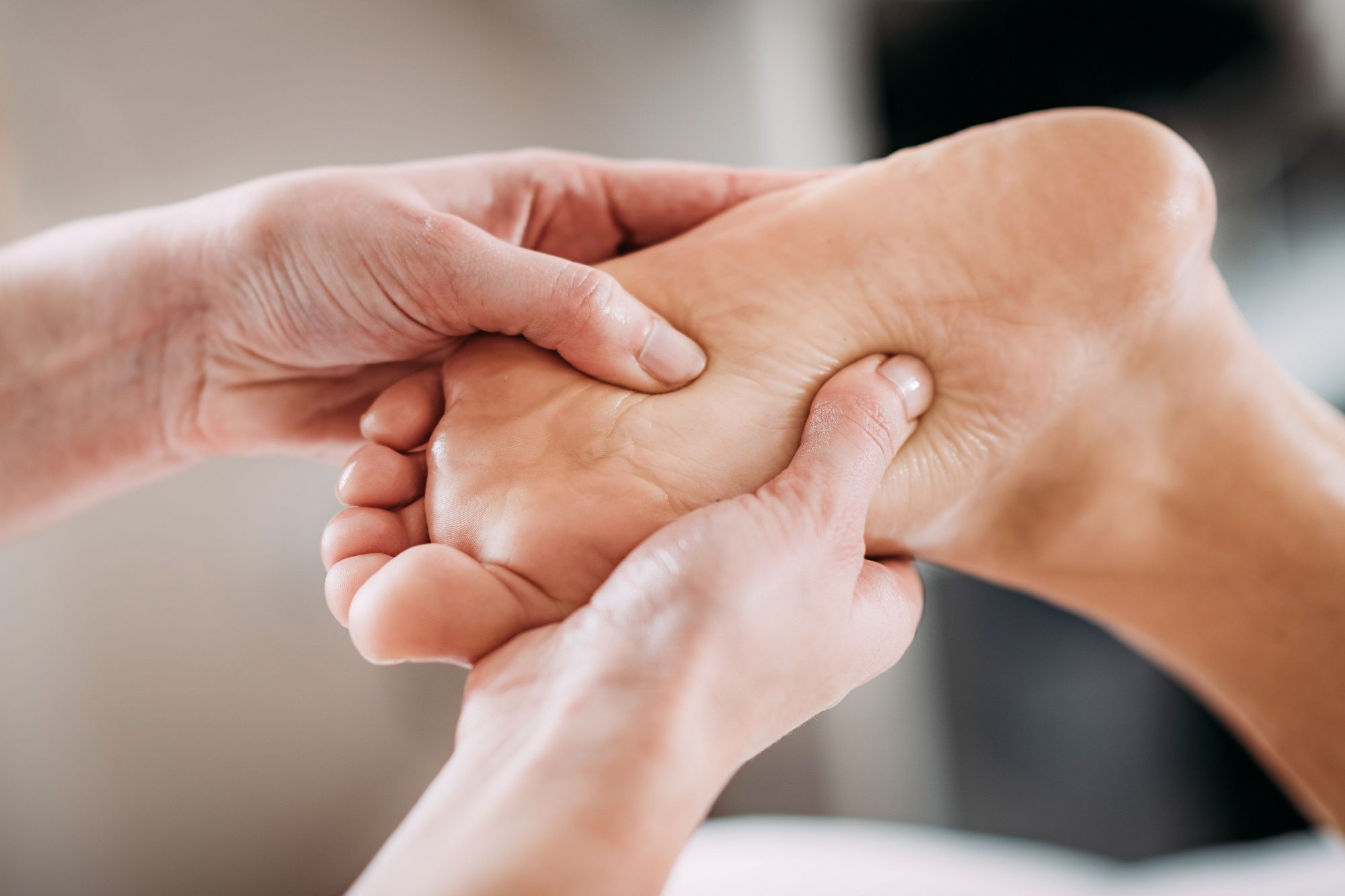How to treat athlete’s foot
An athlete’s foot is a fungal infection that infects the foot. Using a communal environment can spread the disease from one to another. Here’s how you can protect yourself.
September 30 2022 | Rachael RichardHow to treat athlete’s foot
Athlete’s foot, also called tinea pedis, is caused by fungus accumulation in the spaces between the toes, the sole of the feet and skin on the foot. The infection is contagious as it can spread to other body parts and from person to person. Usually, people involved in sports are prone to getting the infection compared to the rest of the population. Exposure to public showers, infected locker rooms, or shared environments can be fatal for infections. It is also seen more in men than in women.
An athlete’s foot can infect only the top layer of the dead keratin, causing an impact on the nails, skin and hair shafts. The microbe that is mostly connected with athlete's foot is T. rubrum. The fungal spore of the dermatophyte T. rubrum can survive for 12 months on human skin. This is why people are prone to get infected, especially when they use shared locker rooms or public showers. Here are the causes, symptoms and treatment for athlete’s foot.
Causes of athlete's foot

The main causal microbe is the dermatophyte - T. rubrum.
Damp shoes and socks.
Humid conditions.
Contaminated and used towels, shoes, or floor
Hyperhidrosis (excessive sweating).
Immune system disorders.
Symptoms of athlete's foot
Fungal infections are often asymptomatic however, watch out for these symptoms:
Flaky or cracked skin between the toes, sole and side of your feet.
Soreness or itchiness after removing your shoes and socks.
Change in skin color – reddish, purplish, or greying due to inflammation.
Burning sensation.
Blisters with pus showing a secondary bacterial infection.
Prickly rashes.
Toenails that are stained, bleached, thick and discolored. Thick and brittle nails sometimes peel away from the nail bed.
Diagnosis of athlete's foot
Wet mount preparation: Inflamed skin is scraped using a scalpel, stained with potassium hydroxide (KOH makes it easy for observation as it kills normal cells, leaving the fungal cells untouched) and observed under the microscope for the presence of hyphae (fungus strands). Based on the symptoms and severity of the infections, your physician will conduct skin tests, prescribe topicals and medications.
How is an athlete’s foot treated?

Athlete's foot can be treated with medicines over the counter. Over-the-counter medications include antifungal topical like miconazole (Desenex), terbinafine (Lamisil AT), clotrimazole (Lotrimin AF), butenafine (Lotrimin Ultra) and tolnaftate (Tinactin). If the infection persists, consult your doctor for further treatment.
Here are a few ways to prevent the infection:
Regularly wash your feet: Use warm water, soap and wash your feet. Make sure you dry your feet fully, especially between your toes.
Sweaty socks: Change your socks once a day.
Change shoes: Wearing the same shoe every day can keep your feet moistened. Changing shoes will help in drying out the moisture.
Be careful: Using public showers, pools, or locker rooms can increase the risk of infection. Wear waterproof footwear.
Expose your feet to the air: Wearing shoes throughout the day can prevent the passage of air to the feet. Try shifting to footwear that exposes your feet to the air.
Be aware: Know the risk factors associated with the spread of the disease and keep watch of not sharing your towels, unwashed bedding or shoes with others.
Disclaimer : Beem Wellness provides general education on health and wellness. The content on this blog, website or any linked material is not intended and should not be considered, or used as a substitute for, medical advice, diagnosis or treatment. If you or any other person has a medical concern, you should immediately consult your health care provider.
In case of medical emergencies, please call 911.

